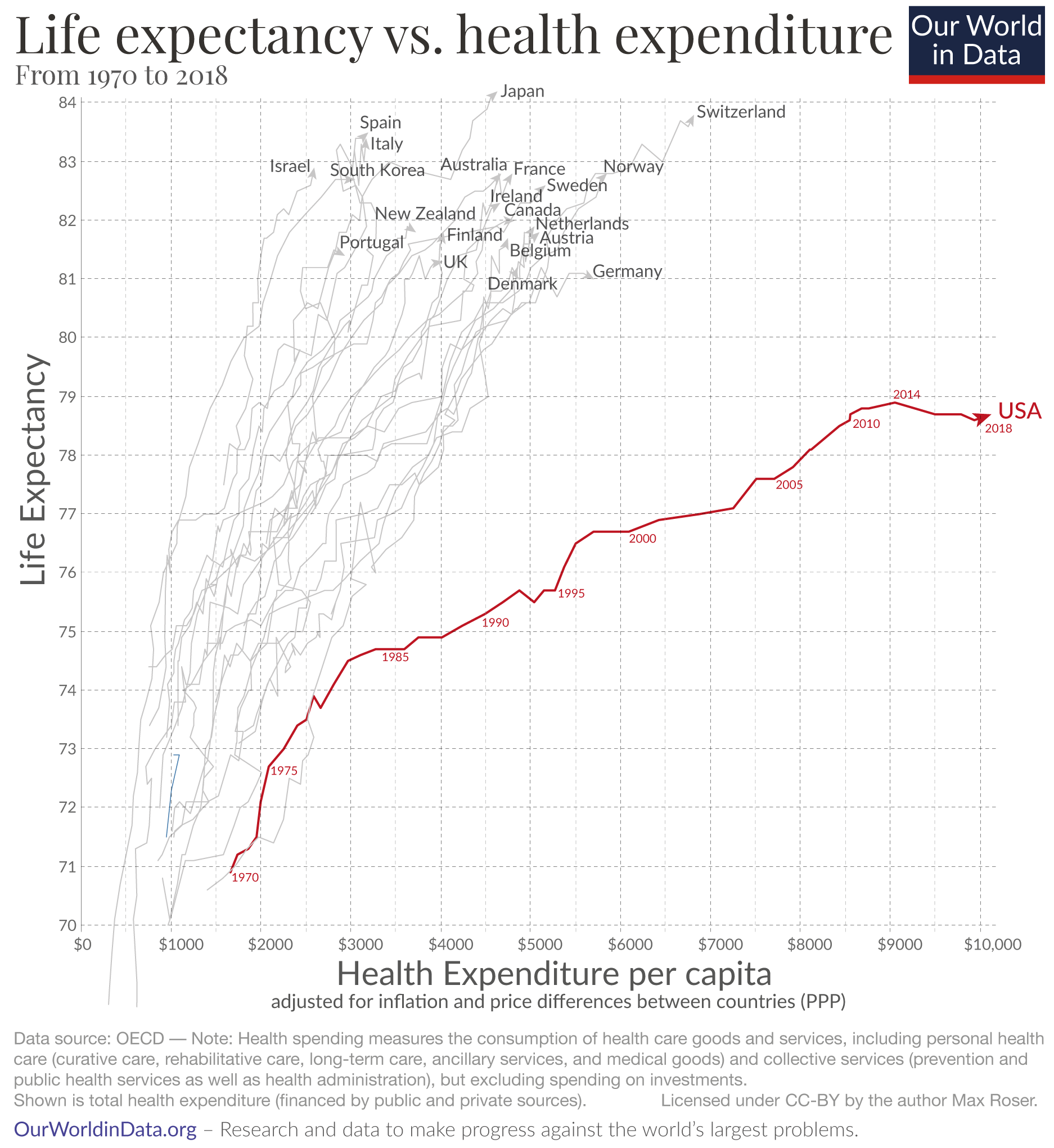$350 Billion in Health Care Rebates Go to Middlemen
You know things are bad when a pharmaceutical executive calls out the dysfunctional and deceptive industry practices that trigger skyrocketing drug costs for prescription medicines. But if drug companies are not the culprit, as asserted by Adam Gluck, Head of US Corporate Affairs at Sanofi, who is?
In a recent article, Gluck reveals that health insurance plans and pharmacy benefit managers (PBMs) mislead the public about their role in determining the price consumers pay at the pharmacy counter. In 2021, drug manufacturers funneled $350 billion in discounts and rebates into a black hole that has become revenue for these middlemen to spend however they choose.
None of this money finds its way to consumers to lower the price paid at the pharmacy counter. Out-of-pocket costs continue to rise as patients grapple with medical debt and potentially life-threatening situations when they’re unable to afford prescription drugs.
Patient-Centered Solutions
Gluck suggests three patient-centered solutions to address rising prescription drug costs.
- Transparency | Many states have enacted transparency requirements for drug manufacturers, but patients and policymakers are in the dark on where more than half of the money in the system goes or how it’s used. Transparency is needed for all stakeholders.
- Discounts and Rebates | Focus on patients! The government should require that the discounts and rebates paid by manufacturers be used to directly lower the costs of medicines for patients at the pharmacy counter.
- Fee Structure | Eliminate all fees that have no benefit or value to the patient, especially dubious charges for “services” such as providing data and administering rebates. In addition, any fees should be based on fair market value rather than a percentage of a drug’s list price.
Until such changes occur, employers should seek out pharmacy plans with transparent purchasing practices, ethical cost control mechanisms, and no conflicts of interest. Replacing traditional PBMs with a Medical Benefit Manager will reduce drug costs and pass 100% of all rebates to the employer.
Employers can consult this checklist to determine how well the structure of their PBM benefits members and not middlemen.













